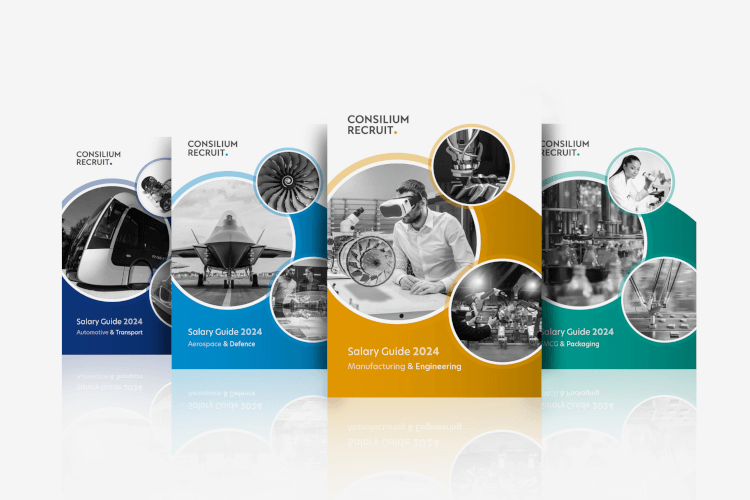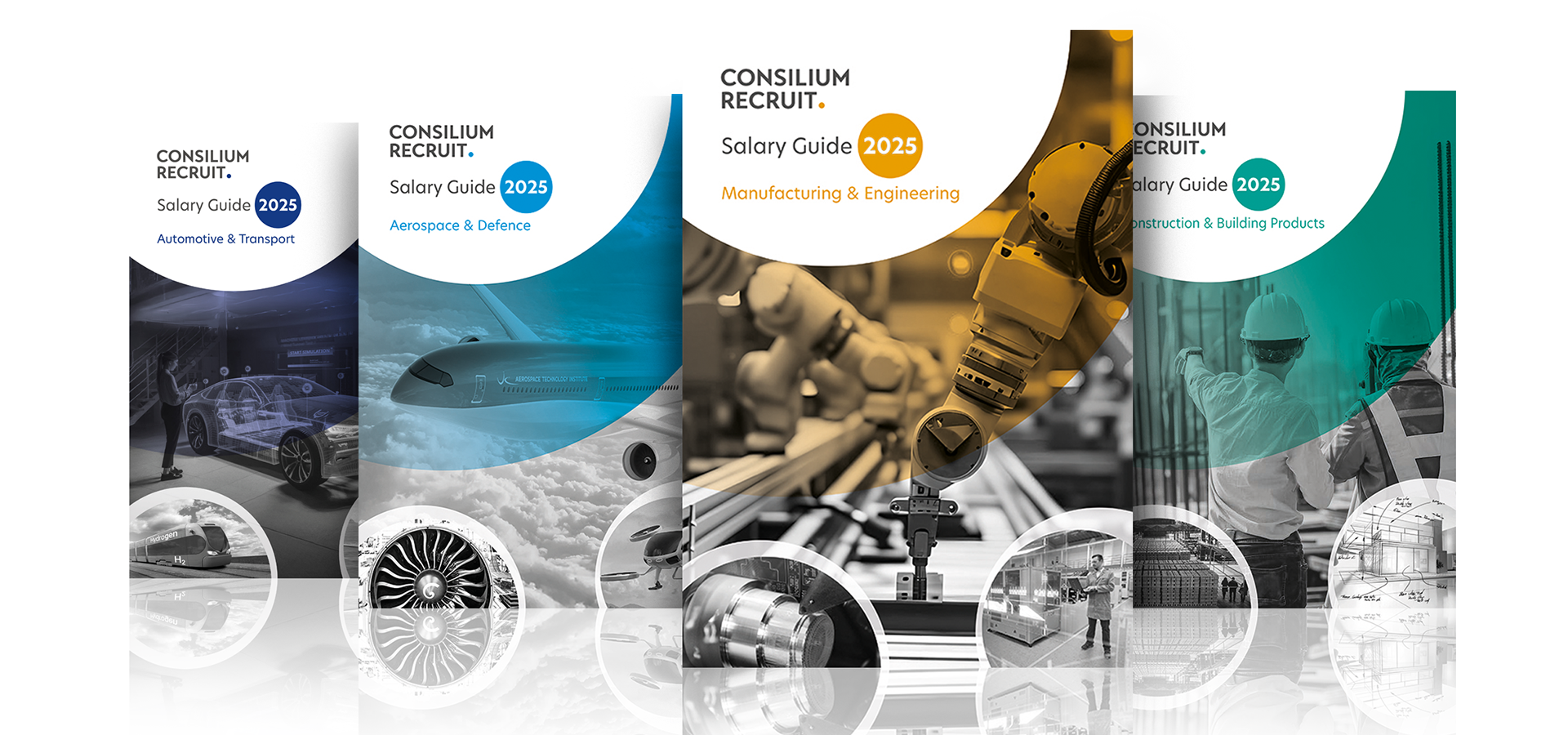The future of Aerospace – Green & Digital!
As flight routes reopen and the world of aviation recovers, global air travel is expected to settle back to an annual growth figure of around 5 percent for the next 20 years.
This sustained growth, coupled with a need for more fuel-efficient and energy-saving technology means that an even greater level of innovation in aerospace design and development is now required.
So, looking ahead, what are the key trends for the Aerospace sector.
- Growing Global Demand
Passenger aviation, despite falling off a cliff during most of 2020 is now building back fast. Forecasts predict demand for up to 35 thousand new civil aircraft worldwide with the greatest demand being for single aisle airplanes (70 percent).
With aircraft operating costs significantly affected by fuel consumption levels, of the 30 to 35 thousand new aircraft expected to be produced over the next 20 years, around 15 thousand will simply replace older and less efficient airplanes expected to be taken out of service.
- Global Marketplace
Nothing new here. Over the last twenty years, the aero industry has shifted from regional to more global sourcing, but this is expected to now accelerate. This ongoing process of internationalisation not only helps to limit currency risks, but also facilitates market access which then enables OEMs and suppliers to exploit the competitive advantages available in certain countries and world regions.
At the same time, suppliers are gaining the ability to further increase and develop their technological know-how by establishing contact with new industrial players and networks.
- Supply Chain Transformation
In addition to OEMs accessing suppliers from other world regions, their traditional role as vertically integrated operators is also changing. So, beyond their traditional customer commitments, OEMs are increasingly focusing their attention on their function as system architects and integrators. Ongoing technological specialisation leads to the outsourcing of systems such as aviation electronics as well as the design and production of aircraft structures.
This increased reliance on system and module suppliers means that OEMs now require major suppliers to enter into risk-sharing partnerships with suppliers who are prepared to shoulder more of the technological and commercial risks.
- Industry 4.0 and Digitalisation
The digital revolution is already having a significant effect on the aerospace industry. Ranging from all aspects of aircraft production and operation (including maintenance and engineering, ground, plus in-flight operations), sophisticated production systems and software is helping to manage the increase in the aerospace industry’s production output.
Real-time data enables quick reaction times to operational environment changes like weather conditions and airport traffic congestion. At the same time, ground operations can be accelerated and predicted maintenance becomes a reality – thereby increasing airplane utilisation times.
Growing passenger dependence on personal electronic devices may even allow airlines to replace costly and heavy in-flight entertainment systems with streamed content.
Potential areas of application are numerous and provide an opportunity to further improve production, operational and maintenance efficiency, customer satisfaction and also safety too.
- Eco-Efficient Air Travel
Without doubt, eco-efficiency is viewed as the most pressing and high-profile trend affecting the aerospace industry plus all other forms of transportation for that matter.
Alongside technological advances made in aircraft engine design, new materials and composites, as well as changes to overall aircraft design, performance and even interiors are also helping increase fuel efficiency levels through improved aerodynamics and reduced weight.
However, the biggest advance and disruption to the aerospace industry will be the wholesale introduction of zero carbon emission technology with the hydrogen airline set to become a reality around 2030-35.
Despite the higher operating costs, maintenance requirements, longer refuelling times and reduced flight cycles per year, various governments and regulatory bodies are coming together aided by the likes of the recent COP26 summit to drive change. Before long, a roadmap is expected to help set clear ambitions, align standards, coordinate infrastructure build-up and encourage first movers across this international sector.
Career Opportunities
For the aerospace industry and anybody working within this sector, the next 20–30-year period is expected to be one of the most dynamic and innovative since air travel began. Opportunities are abundant for professionals from within the sector as well as from near-neighbour, advanced manufacturing and engineering environments seeking to enter the industry.
Consilium Recruit is at the forefront of recruitment for the Aerospace & Defence sector working directly with a number of industry leading OEMs, Tier 1&2 Suppliers plus R&D led Consultancies. To find out more visit https://www.consiliumrecruit.co.uk/jobs/aerospace-and-defence
To discuss any aspect of Aerospace Recruitment, as a job seeker or organisation seeking to hire then contact our specialist James Charlett 01789 201040 for a no-nonsense chat.











